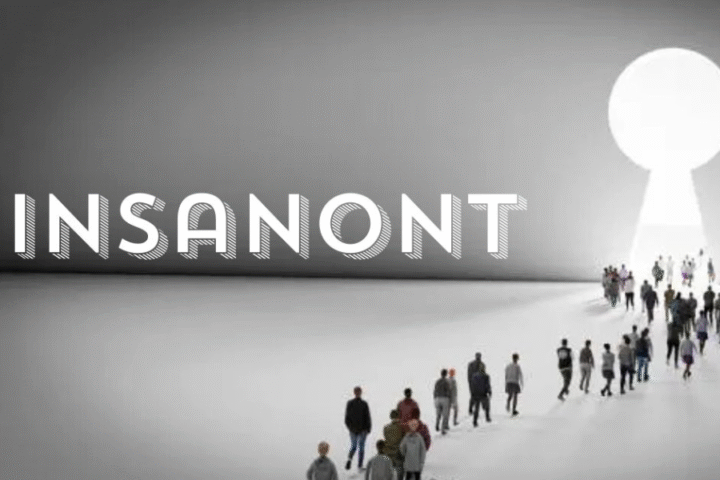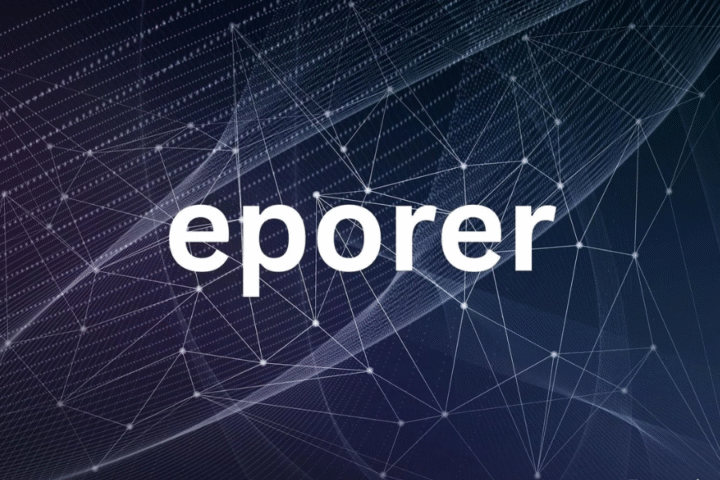In today’s digital world, you might have come across the term pyjamaspapper but wondered what it actually means and why it matters. Whether you’re a student, professional, or just curious, this guide will walk you through everything you need to know about pyjamaspapper—what it is, its uses, and why it’s becoming important.
What is Pyjamaspapper?
At first glance, pyjamaspapper might sound like a quirky or unusual term. It isn’t a commonly known word outside certain specific circles, but it holds significance where it’s used. To break it down simply:
Pyjamaspapper is a term related to digital and physical documentation, especially in environments that mix creativity with technology. Think of it as a modern approach to organizing, writing, and sharing information that blends casual, informal methods with structured, clear communication.
Imagine writing down your thoughts, plans, or ideas while wearing your pyjamas—comfortable, relaxed, and informal—but still producing a “paper” or document that is meaningful and useful. That’s the vibe behind pyjamaspapper: creating useful content or notes in a relaxed, approachable way.
The Origin of Pyjamaspapper
Although the word isn’t found in standard dictionaries, it appears to combine two familiar ideas:
- Pyjamas: Symbolizing comfort, informality, and personal space.
- Paper: Representing traditional writing, documentation, and record-keeping.
The term reflects a cultural shift where people increasingly value comfort and authenticity even in traditionally formal tasks like writing reports, making notes, or planning projects.
Why Is Pyjamaspapper Important?
You might ask, “Why should I care about pyjamaspapper?” The answer lies in how people work and communicate today.
1. Encourages Relaxed Creativity
Often, formal environments can make people feel pressured, which hinders creativity. Pyjamaspapper promotes a relaxed atmosphere, encouraging you to jot down ideas without overthinking. When you write in a “pyjama mindset,” your thoughts flow more naturally, leading to genuine and innovative ideas.
2. Makes Writing Accessible to Everyone
Not everyone feels confident writing formal documents or essays. Pyjamaspapper offers a way to start simple. It encourages writing in an easygoing style, which can then be refined later if needed. This reduces the intimidation factor, especially for beginners or those who struggle with perfectionism.
3. Blends Informal and Formal Styles
In many modern workplaces, the balance between formal and informal communication is essential. Pyjamaspapper allows you to start with informal notes or drafts and gradually transform them into polished documents. This flexibility helps people adapt to different situations without losing their authentic voice.
How to Use Pyjamaspapper Effectively
Understanding the concept is one thing, but how do you actually use pyjamaspapper in your daily life? Here are some practical tips:
1. Start with Casual Notes
Begin by writing down your thoughts, plans, or brainstorming ideas in a relaxed manner. Don’t worry about grammar, spelling, or structure at this stage. Use your phone, a notebook, or any digital tool that feels comfortable. The goal is to capture your ideas quickly and naturally.
2. Organize Later
Once you have your raw notes, start organizing them. Group related ideas, highlight important points, and remove unnecessary information. This step brings clarity to your initial rough draft without losing its original energy.
3. Refine for the Audience
If you need to share your document with others, revise your pyjamaspapper to suit the audience. This might mean cleaning up language, adding examples, or formatting the text. However, try to maintain the authentic voice that came from your relaxed writing phase.
4. Use Tools That Support Flexibility
Several apps and tools can help with pyjamaspapper style writing. Note-taking apps like Evernote, OneNote, or simple word processors allow you to jot down ideas informally and edit later. Choose tools that let you capture ideas quickly and return to them easily.
Examples of Pyjamaspapper in Action
To help you visualize how pyjamaspapper works, here are some scenarios where it can be useful:
In Education
Students often face pressure to write perfect essays or reports. Pyjamaspapper encourages students to start with informal notes, bullet points, or mind maps in a relaxed way. Then, they can gradually develop these notes into structured assignments. This approach reduces anxiety and improves learning.
In Workplaces
Teams brainstorming ideas or planning projects can use pyjamaspapper to capture initial thoughts during informal meetings or chats. These notes can later be formalized into project plans, reports, or presentations. This method helps preserve creativity and ensures everyone’s ideas are heard.
Personal Life
You can use pyjamaspapper for journaling, planning your day, or keeping track of goals. Writing informally in a journal while feeling comfortable can lead to deeper self-reflection and better personal growth.
Common Myths About Pyjamaspapper
Some people may have misconceptions about pyjamaspapper. Let’s clarify a few:
- Myth 1: Pyjamaspapper means sloppy or unprofessional writing.
Actually, it’s about starting informal to build confidence and creativity. The final product can be as professional as needed. - Myth 2: It’s only for writers or creatives.
Anyone who needs to communicate ideas or organize thoughts can benefit from this approach. - Myth 3: It’s not suitable for serious tasks.
Many serious projects begin with informal notes. Pyjamaspapper simply acknowledges this natural process.
Tips to Make the Most of Pyjamaspapper
If you want to embrace pyjamaspapper in your daily routine, consider these tips:
- Set a Comfortable Environment: Write in a place where you feel relaxed. It might be your bedroom, a cozy café, or a quiet park.
- Don’t Edit While Writing: Let your thoughts flow freely. Save editing and organizing for later stages.
- Use Visuals: Sometimes, sketches or diagrams alongside your notes help capture ideas better.
- Share Your Notes: Getting feedback on informal drafts can improve the final outcome and keep the process collaborative.
- Be Patient: Building a habit of writing in this style may take time. The more you practice, the easier it becomes.
Pyjamaspapper and Technology
Modern technology makes pyjamaspapper easier and more effective:
- Voice Notes: When you’re too relaxed to type, use voice recordings to capture ideas.
- Cloud Storage: Keep your notes accessible anywhere, so you can add to your pyjamaspapper anytime.
- Collaborative Platforms: Tools like Google Docs let multiple people contribute informally before finalizing documents.
Technology supports the relaxed, flexible, and creative spirit of pyjamaspapper, making it a practical approach in our fast-paced world.
Why Pyjamaspapper Matters in the Age of Core Updates
In recent times, digital platforms and search engines have undergone numerous updates emphasizing quality, authenticity, and user experience. Pyjamaspapper aligns well with these principles:
- Authentic Voice: Relaxed, informal writing often sounds more genuine, which resonates better with readers and algorithms.
- Useful Content: Starting from raw ideas helps create content that is naturally helpful and focused on real user needs.
- Adaptability: Pyjamaspapper’s flexibility allows content creators to easily update and refine information, keeping it relevant over time.
In essence, adopting the pyjamaspapper mindset can help you create content and communication that is both human and effective in today’s evolving digital landscape.
Final Thoughts
Pyjamaspapper is more than just a quirky word—it’s a mindset and approach that blends comfort, creativity, and clarity. By embracing relaxed, informal writing before moving to formal documentation, you can improve your creativity, reduce stress, and communicate more effectively.











